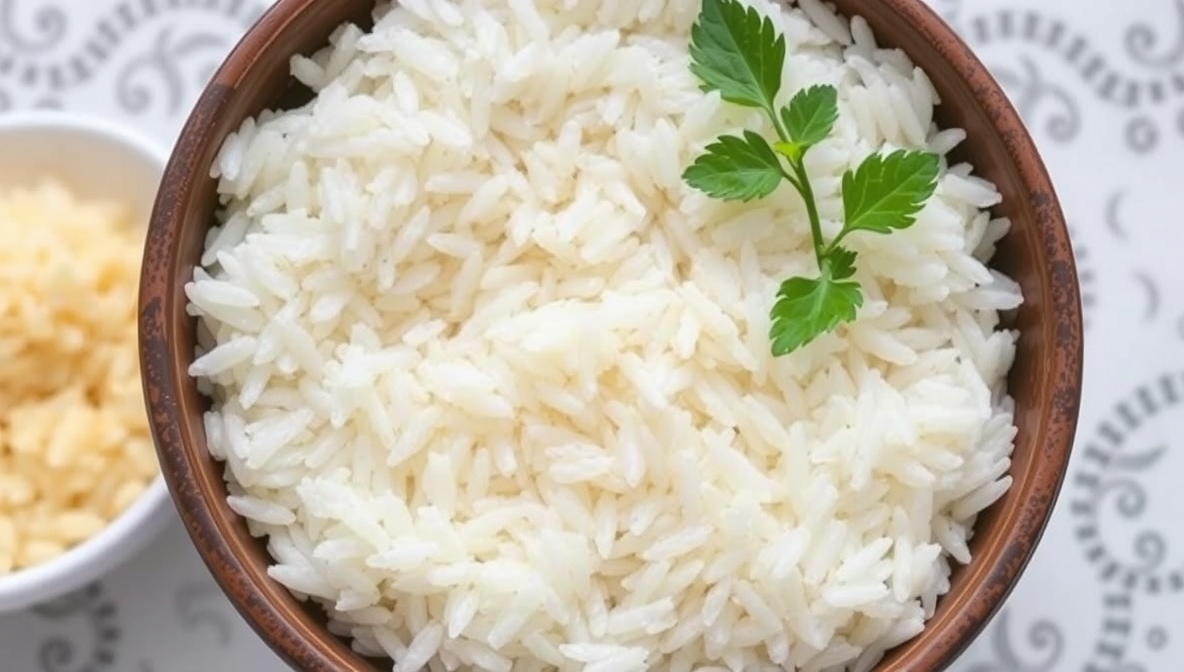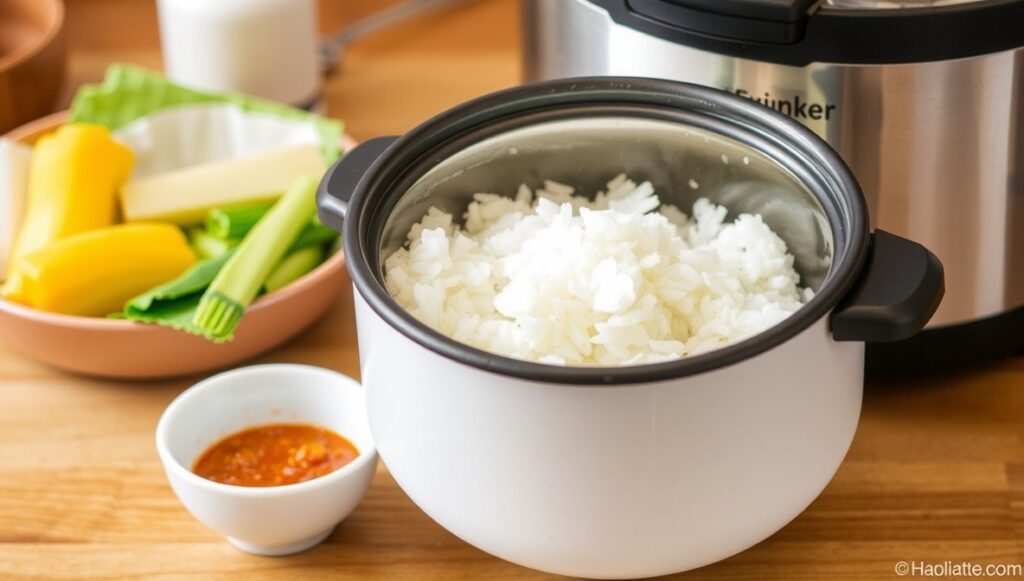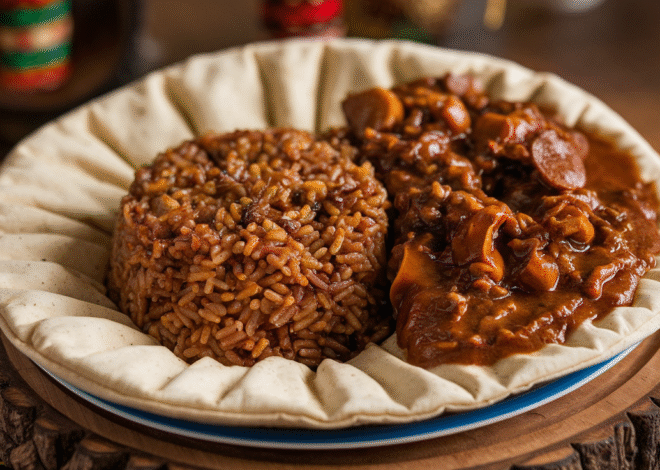
Calories in Rice: Everything You Should Know About Your Daily Bowl
Calories in rice are something many people wonder about every day. Whether you eat white rice, brown rice, or basmati rice, knowing how many calories in rice you’re eating helps you stay healthy and fit. Rice is one of the most common foods in the world, and it gives your body quick energy. But if you are trying to manage your weight or improve your diet, it’s good to understand how calories in rice can change depending on the type and how you cook it. This simple guide will help you learn the truth about rice calories and how to make the best food choices for your body.
Calories in rice are not just about numbers. They show how rice affects your energy and health. For example, some rice types give slow energy and more nutrients, while others give quick energy but fewer vitamins. You’ll also learn how portion size and cooking style can change the calories in rice you eat. By the end of this post, you’ll understand which rice is best for you, how to control your portions, and how to enjoy rice without feeling guilty. Eating rice the smart way is all about balance, not avoiding it completely.
Understanding Calories in Rice
Rice is one of the most loved foods across the world. From Asia to Africa and America, rice is part of daily meals. But when people think about health and weight, they often ask, “How many calories are in rice?” Calories in rice help you know how much energy you get from your meal. Every spoon of rice gives you power to walk, work, or play. The number of calories in rice depends on the type of rice and how you cook it. Some rice gives more energy, while others are lighter and better for weight control.
What Are Calories in Rice and Why They Matter
Calories in rice show how much energy your body gets from eating it. When you eat rice, your body breaks it down into glucose, which fuels your cells. If you eat too much rice and don’t use that energy, it turns into fat. That’s why learning about calories in rice is important, especially if you want to stay fit or lose weight.
A cup of cooked white rice usually has around 200 calories, while brown rice has about 215 calories per cup. Though it may look like a small difference, brown rice is richer in fiber and keeps you full for longer. Knowing how many calories are in your rice helps you balance your daily meals and control your energy intake.

Types of Rice and Their Calorie Difference
Not all rice is the same when it comes to calories. Different rice varieties have different nutritional values. Let’s look at some common ones:
- White rice: About 200 calories per cup. It’s soft and easy to digest but has less fiber.
- Brown rice: Around 215 calories per cup. It has more fiber and helps in digestion.
- Basmati rice: About 190 calories per cup. It’s fragrant and slightly lower in calories.
- Jasmine rice: Around 205 calories per cup. It tastes good but has similar calories to white rice.
- Red rice and black rice: About 210 to 220 calories per cup. These are full of antioxidants and vitamins.
Choosing rice depends on your health goals. If you want to manage your weight, brown or red rice is a better option. If you just need quick energy, white or jasmine rice works fine.
How Cooking Methods Change the Calories in Rice
How you cook rice can also affect the calories you eat. For example, boiling rice in water and draining the excess starch can lower the calorie count slightly. Adding oil, butter, or ghee increases the calories. Fried rice can have double the calories of plain boiled rice because it contains oil, eggs, and sauces.
Steaming rice is one of the healthiest ways to cook it. You get soft, fluffy grains without adding extra fat. If you are on a diet, avoid cooking rice with heavy oils or cream. Try to eat rice with vegetables or lean meat to make your meal more balanced and healthy.
Brown Rice vs White Rice: Which Has Fewer Calories
When comparing calories in rice, brown rice and white rice are close. Brown rice has a little more calories, but it gives more nutrients and fiber. This means your body digests it slowly, and you feel full longer. White rice, on the other hand, digests quickly and can make you feel hungry again soon.
If you are trying to lose weight, brown rice may be the better choice even with slightly more calories. The extra fiber helps your stomach stay satisfied and stops overeating. White rice is fine in moderation, but it’s best to balance it with vegetables or protein for a complete meal.
Healthy Ways to Reduce Calories in Rice Without Losing Taste
You can still enjoy your rice while keeping the calories low. Here are some easy tips:
- Cook rice with extra water and remove the starch after boiling.
- Mix rice with vegetables like carrots, peas, and spinach.
- Use smaller portions and add protein-rich foods like chicken or lentils.
- Try cauliflower rice as a low-calorie substitute.
- Avoid fried rice or rice cooked in butter and ghee.
These small changes can make a big difference in your daily calorie intake while keeping your meals tasty and satisfying.
Portion Control: How Much Rice Should You Eat in a Day
Eating the right portion of rice is very important. Even healthy rice can add extra calories if you eat too much. For most people, one cup of cooked rice per meal is enough. If you eat rice with curry or vegetables, even half a cup can be enough.
If you are on a weight loss plan, measure your rice before cooking. Avoid second servings and fill your plate with vegetables or salads instead. Portion control helps you enjoy rice without overeating or gaining extra weight.
Nutritional Value of Rice Beond Calories
Calories in rice tell only one part of the story. Rice also contains other nutrients like protein, vitamins, and minerals. Brown and red rice have more vitamins and antioxidants than white rice. They also help control blood sugar and improve digestion.
Rice gives your body essential nutrients like magnesium, manganese, and iron. It’s gluten-free, which makes it a safe food for people with gluten allergies. When eaten in the right amount, rice is a healthy and important part of a balanced diet.
Calories in Popular Rice Dishes
Different rice dishes have different calorie levels. Here’s a quick look at some popular ones:
- Plain boiled rice (1 cup): 200 calories
- Fried rice (1 cup): 350–400 calories
- Biryani (1 cup): 400–450 calories
- Rice with curry: 250–300 calories
- Rice pudding (kheer): 250–350 calories
These numbers can change depending on ingredients and portion size. If you love rice dishes, try using less oil and more vegetables to make them lighter and healthier.
Tips to Enjoy Rice Without Worrying About Extra Calories
You don’t need to stop eating rice to stay fit. The secret is balance. Here are some helpful tips:
- Eat rice during lunch instead of dinner so your body can burn the energy.
- Choose steamed or boiled rice over fried rice.
- Add vegetables or lean proteins like chicken, tofu, or fish to your rice.
- Use whole grain rice for extra fiber.
- Drink water before eating to feel full faster.
By following these tips, you can still enjoy your favorite rice dishes without feeling guilty or gaining extra calories.
The Role of Rice in a Balanced Diet
Rice is not just about calories—it’s also about balance. It gives you energy, keeps your stomach full, and provides essential nutrients. When eaten with vegetables, pulses, and healthy fats, it can be part of a nutritious diet.
People who try to cut rice completely often feel tired and weak. Instead of avoiding rice, it’s better to eat it wisely. The right portion and cooking method can make rice a healthy choice even for those watching their weight.
Conclusion
Rice is one of the most common foods in the world, and understanding the calories in rice helps you make better food choices. While rice has calories, it also gives energy, vitamins, and comfort. You don’t have to stop eating rice—just be smart about how much and what type you eat. Whether it’s brown, white, or red rice, all have a place in a balanced diet. The key is portion control and healthy cooking.
FAQs
1. How many calories are in one cup of cooked rice?
One cup of cooked white rice has about 200 calories, while brown rice has around 215 calories.
2. Is rice good for weight loss?
Yes, rice can be part of a weight loss plan if you eat small portions and choose brown or red rice for extra fiber.
3. Does washing rice reduce calories?
No, washing rice removes dirt and starch but doesn’t change the calories much.


